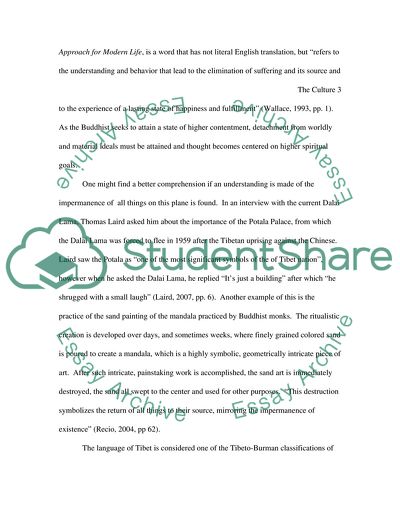Cite this document
(“The Culture of Tibet: Heritage and Communication Term Paper”, n.d.)
The Culture of Tibet: Heritage and Communication Term Paper. Retrieved from https://studentshare.org/culture/1720018-cross-cultural-perspective-slp-1-5
The Culture of Tibet: Heritage and Communication Term Paper. Retrieved from https://studentshare.org/culture/1720018-cross-cultural-perspective-slp-1-5
(The Culture of Tibet: Heritage and Communication Term Paper)
The Culture of Tibet: Heritage and Communication Term Paper. https://studentshare.org/culture/1720018-cross-cultural-perspective-slp-1-5.
The Culture of Tibet: Heritage and Communication Term Paper. https://studentshare.org/culture/1720018-cross-cultural-perspective-slp-1-5.
“The Culture of Tibet: Heritage and Communication Term Paper”, n.d. https://studentshare.org/culture/1720018-cross-cultural-perspective-slp-1-5.


